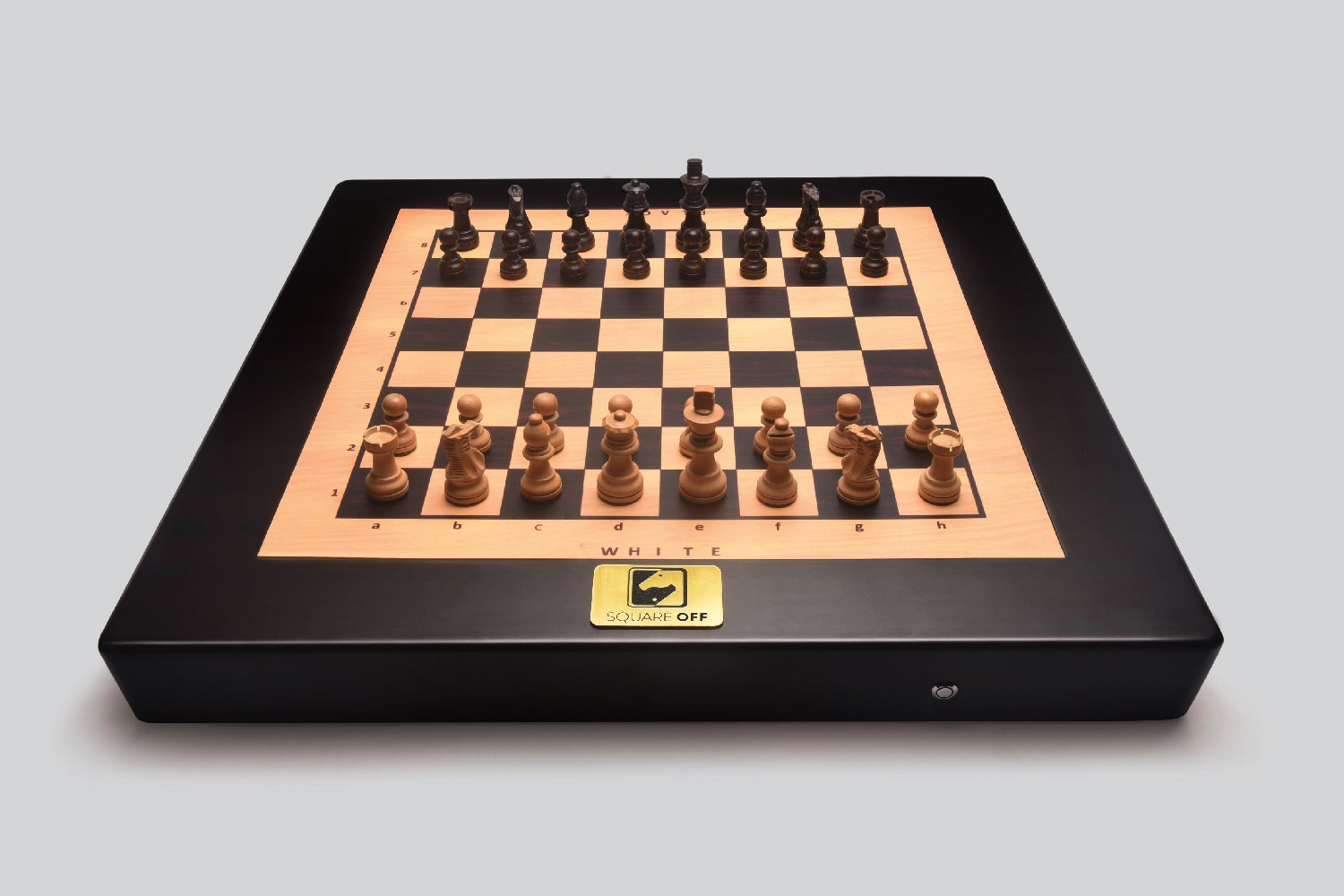Any Harry Potter fan has surely spent at least a few moments of their life wishing that Wizard’s Chess — the enchanted version of the classic game in which pieces move without being touched — was a real thing.
Thanks to a new Kickstarter campaign, it is. Well, sort of.
Claiming to be the “smartest and the most-evolved chess board ever,” Square Off gives players a physical chess board, but one where your opponent’s moves happen automatically — with the pieces sliding around the board, seemingly of their own accord.
Your opponent can be either an AI, letting you hone your skills against a chess-playing computer intelligence, or fellow chess enthusiasts from around the world, courtesy of the wonders of the internet.
The AI opponents include Cuckoo Chess, which is suitable for beginners, as well as Stockfish 7, which ranks among the best open source chess engines out there. More AI engines are set to be added in future.
“We’ve tried to bring the best parts of a virtual board into reality, so you don’t need to sit in front of your screen to play,” creator Bhavya Gohil told Digital Trends. “Ask any serious chess player if they prefer playing on a physical board or a computer screen, and they’ll choose the board every time. That was our reason for launching this Kickstarter, to help regain the physical feel of board games, which you simply don’t get using a computer. At the same time, it lets you play even if there isn’t another opponent in the room with you at that moment.”
Gohil said that the project started with the goal of building a chess set that would let visually impaired people play against a computer, since they often struggle to see the details on monitors or tablet displays. This is where Gohil and his fellow researchers came up with the series of stepper motors and electromagnets which allow the pieces to move on their own.
“On the top surface there is also a membrane-sensing technology, which can read what move the human player is making,” he continued. “When you move a piece, the board needs to know what that is, so it can feed it back to the smartphone — where the processing takes place — via Bluetooth.”
When the project was in prototyping, Gohil said that the response was so great from people who saw it that the team decided Square Off could be a product that would appeal to a far broader audience than they had originally intended.
He even has plans for expanding the concept in the future.
“We want to make it possible to replace the top surface of the board so users can play additional board games, other than chess,” he said. “That could be achieved simply by updating the app. That’s our long-term vision — to revolutionize the whole board gaming world.”
Having already hit 200 percent of its original Kickstarter target, you can currently pre-order Square Off at a special early bird price of 179 euros, plus shipping. The first units are expected to start shipping in April 2017.







